When I got the email from Tom in February with a simple “!” in the subject line to inform me of my placement at Engeye, “!” was exactly how I was feeling. Nine months in rural Uganda? Working with an incredible organization in a field I’m passionate about? Sign me up. It sounded thrilling. I had become too comfortable at Union and I was ready for another challenge. When I graduated last spring, the hope of medical school was at least two years away. The prospect of working for those two years just to pass the time before school didn’t exactly get my juices flowing. The Minerva Fellowship on the other hand…that would be exciting. I was all in.
When we went wheels up from New York in July, nine months suddenly seemed to be an eternity. Was this the right decision?
One of last year’s fellows described to us the adrenaline rush of simply getting off of the plane. There’s a moment when you walk out of Entebbe International Airport, to thirty taxi drivers fighting for your bags in a language you don’t understand when you finally realize this is real. It was July 18 and we had a return ticket for April 17. There’s nowhere to hide at that point, so we might as well embrace the opportunity.
You get off the plane energized and ambitious, ready to save the world. Of course, we knew we weren’t going to be saving the world, we genuinely cared about the legacy we’d leave here.
And while we’ll get plenty of attention at Union, we took pride in fitting in here as much as possible: not simply respecting the culture, but living the culture. We planted trees in Eddie’s garden; we went to weddings; we played soccer barefoot; we spoke Luganda when we could. We caught the pigs when they escaped, earned the respect of the boda drivers, and cut the heads off of chickens. We visited the local waragi brewery nestled in the matooke. We worked our tails off at Engeye. We visited friend’s houses to get to know their families and we never turned down a chance to try a new, often exotic food.
One of our accomplishments, and I truly believe it’s an accomplishment, is leaving the people of Ddegeya with a positive impression of Americans. Thankfully, it was really just carrying on a legacy left by over a decade of other incredible Minerva Fellows. Because whether or not they advertised these activities, they have all done them, and done them well.
I loved having strangers come running up screaming Matayo (the name a lot of Ddegeyanians used for both Nick and me), excited to have a conversation. It was almost validation that the local people respected us. Because I had never told this person my name was Matayo. I’d never even met them. But someone else in the village I talked to must have. And judging by their excitement, the first person left with a positive impression, because it wasn’t simply the cliché “hi mzungu,” but more like we were friends. One of my favorite memories was when I was riding a bike with Jeff, John’s son, in the outskirts of Nakateete, the neighboring village, and running into person after person I knew. After an older lady stopped us to talk, Jeff finally said, “how do all of these people know you?”
We didn’t accomplish all we had hoped to and some of our projects never came to fruition, but I am proud of what we did achieve. Some other highlights include: Innovation Camp for the scholars, our Humans of Ddegeya project which will be featured on Engeye social media over the next year, hosting the visitors, fixing the borehole five hundred times, fundraising, summiting Kilimanjaro, learning some Luganda, and above all, becoming helpful at the clinic day in and day out.
But there were plenty of hiccups along the way. From having a total of fourteen little jigger parasites cut out of my feet with a scalpel to being in bed with an IV in my arm for Thanksgiving, it hasn’t always been easy. I was tired of rice, beans, and posho for lunch by October. I hated doing laundry by hand and definitely missed being home at certain points. But no one ever said nine months in a developing country would be a walk in the park.
So while our time at Engeye officially ends tomorrow, this chapter in my life will never really end. I don’t know if I can say how living here has “changed me” exactly, except for my beautiful new hair, but it is no stretch to say I will carry this experience with me for the rest of my life. While some memories will fade with time, the way I see the world, the way I treat outsiders, and my appreciation for other people and cultures will never fade.
Without question, I will miss the people the most. Our friends and coworkers became our Ugandan family and for me, this was the key to the entire fellowship. We were lucky to have amazing friends and it is a weird feeling leaving them without a designated return date. When I sat in my interview well over a year ago, Sarah, our now American liaison, explained that being a fellow at Engeye was more than just working 9-5 at the clinic. It was a commitment to becoming part of the Ddegeya community. Without this, our work at Engeye wouldn’t have had the same meaning that it did. But when the clinic treats the woman who sells us avocado on the side of the road, or our friend from the borehole, or even our own Engeye Scholars, well, that has a different feel.
I will especially miss the kids. I wish I could pack the Engeye kids Joseph, Maria, Colo, and Trinny up in the suitcase and take them home with me. Everyday, without fail, one of them managed to put a huge smile on my face. From Jamidah, the sweet girl who gave us our first taste of jackfruit, to our little neighbor Carol who ran to the road to say hi for nine straight months, to the pack of local kids who showed up at the scholars center every afternoon begging to read…I will miss them all. And, the other Engeye kids: the scholars. It will be exciting to follow their careers and see the impact they are able to make in the community. Just a few days ago, one of our oldest scholars and a good friend of ours, Wilbur, left for university to pursue a degree in pharmacy. It just seems like fate that he’ll end up working at Engeye in some capacity one day. In a few months, Hamza, Josephine, and Harriet more will head off to their own universities in pursuit of their dreams.
For Nick and me, the absence of the stress-filled hustle of day-to-day life in America has been welcome. Life here moves at an enjoyable and leisurely pace and we have come to appreciate living on “African Standard Time” (do it when you feel like it). In fact, this leisurely pace may be what we enjoyed most here. I never dreaded the next day and it made time fly by. But it would be naïve to think that the population as a whole feels this way. Most are worried about the stressful things we left behind in America, but seriously magnified. How will they pay school fees? Or afford medication? Or even put food on the table? Remarkably, we think that coming home to the face-paced life in America will be about as much of a culture shock as coming here was in the first place.
Thanks to everyone who followed my fellowship. I’m excited to share more stories, but it will inevitably be difficult to put nine months here into words. When the medical team was here, we often talked about how to sum up the experience in a few sentences. As much as I would love to share everything that I experienced here, most people are going to want to know “how was your trip,” in thirty seconds or less. And I’ll tell them that it was amazing. Because all in all, it was amazing. But living here was so much more than just amazing. It was challenging, thrilling, humbling, tragic, inspiring…the list goes on.
The biggest thank you goes out to my partner in crime, Nick, otherwise known as Musisi. Everything I’ve experienced and everything I’ve written about hasn’t just been me. It was always Matayo and Musisi. Some of our best memories won’t just be the crazy stories or the amazing trips we got to take, but how we navigated and came to enjoy day-to-day life in Ddegeya. We grew to love a good stick of roasted goat in Mbiriizi and we weaseled our way out of a few uncomfortable situations. We spent weekend night’s playing cards and chess, drinking alcohol out of a bag, and following soccer. And somehow, there was a beauty to the simplicity of it all. We became Ugandans together and it wouldn’t have been nearly the same experience alone.
But sadly, it’s time to say weraba to the pearl of Africa. I’m still not sure what’s next for me, and as much as I’ve enjoyed the past nine months, there’s no feeling in the world like coming home. And I can’t wait to be back.
“If I’m an advocate for anything, it’s to move. As far as you can, as much as you can. Across the ocean, or simply across the river. The extent to which you can walk in someone else’s shoes or at least eat their food, it’s a plus for everybody. Open your mind, get up off the couch, move.” -Anthony Bourdain
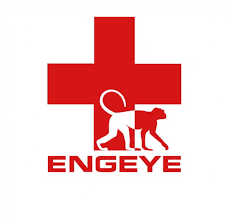




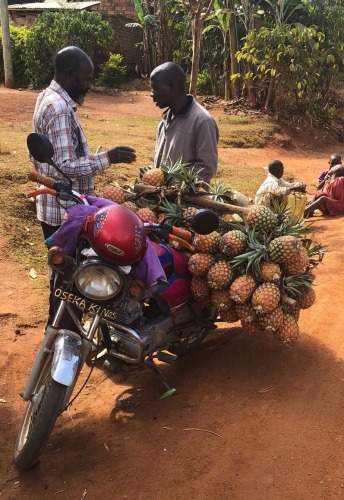
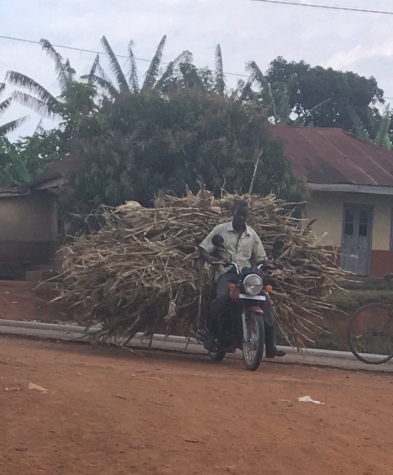




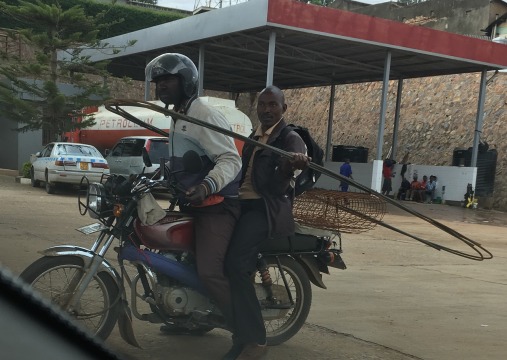







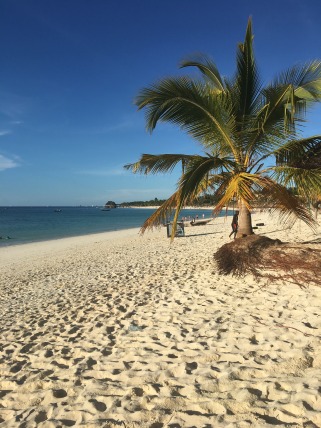


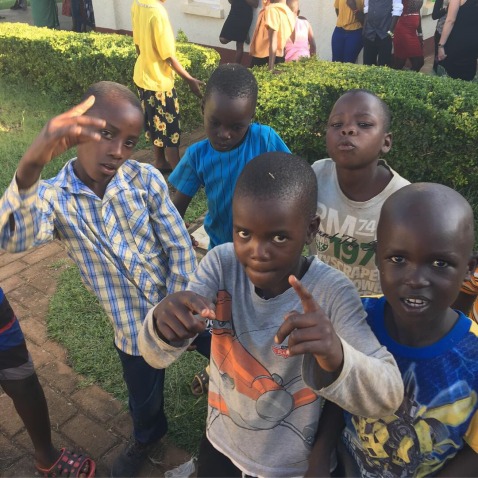
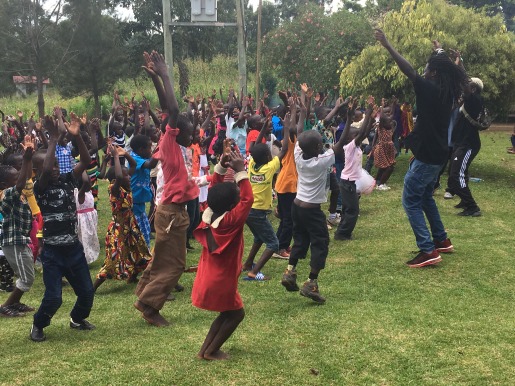







 Clearly not suitable for a large turkey.
Clearly not suitable for a large turkey.





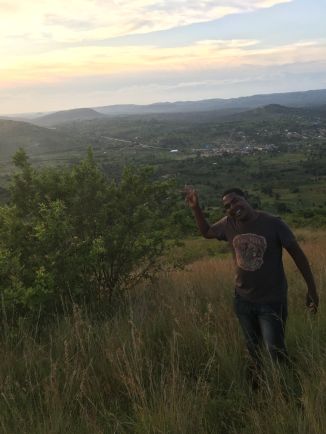







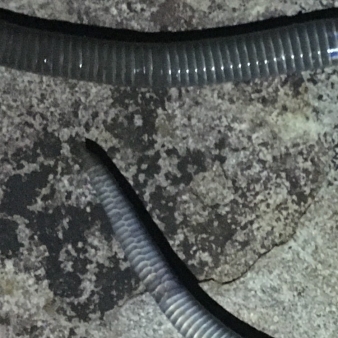



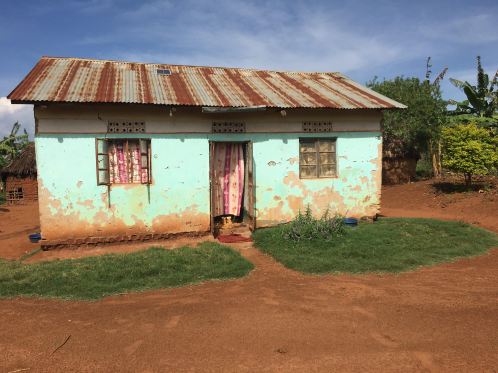































 If you’ve made through all this, thanks for following along! But that’s all for now. It’s Friday night here, which means I have a date with some street meat…
If you’ve made through all this, thanks for following along! But that’s all for now. It’s Friday night here, which means I have a date with some street meat…